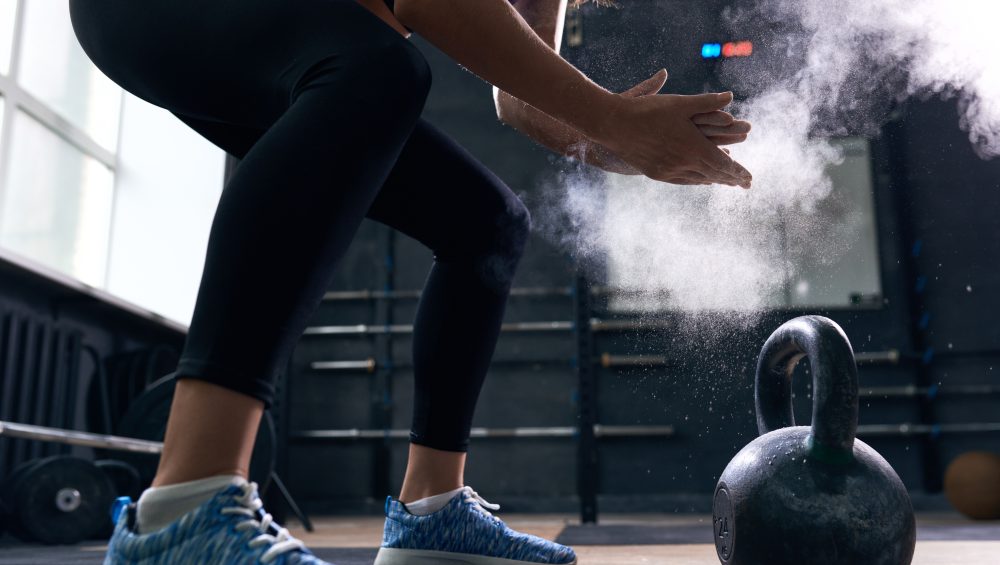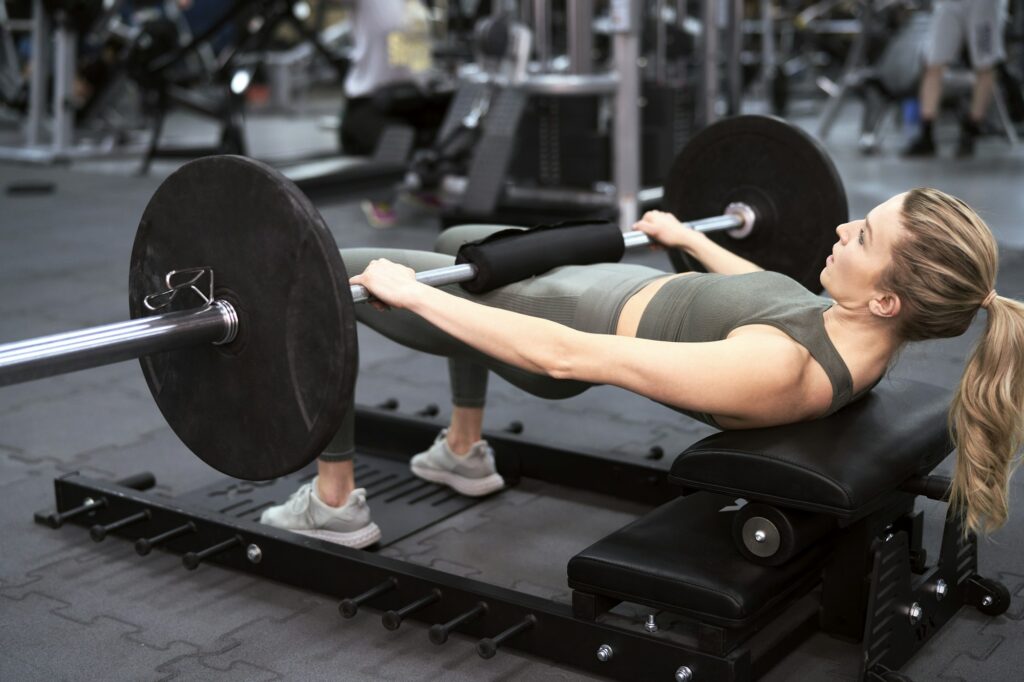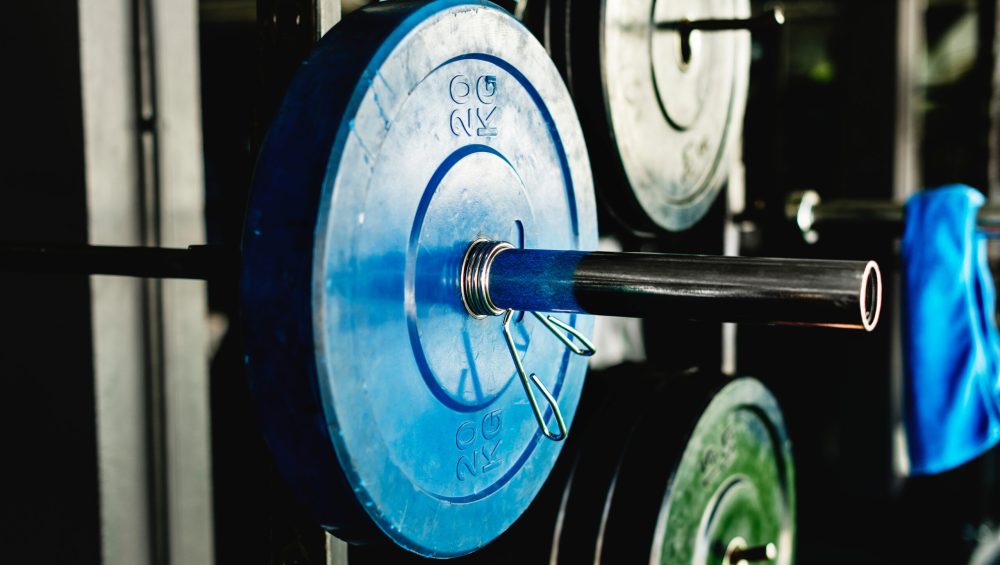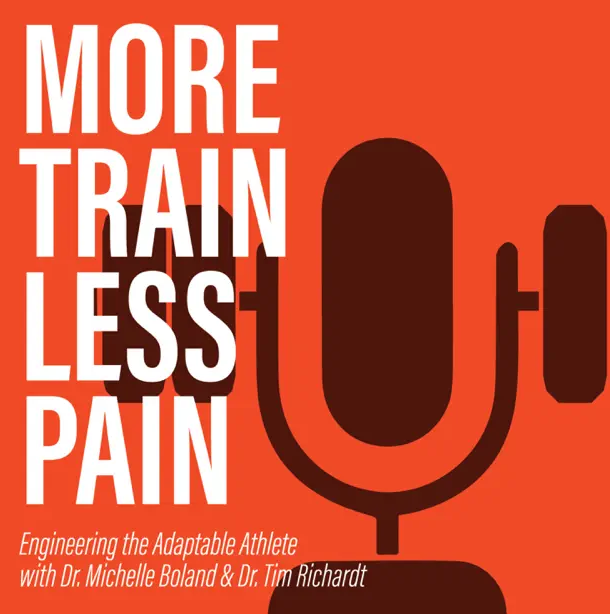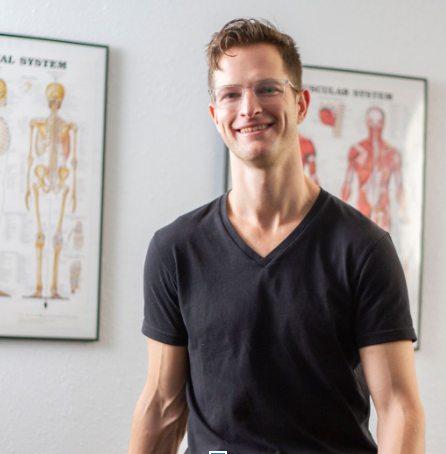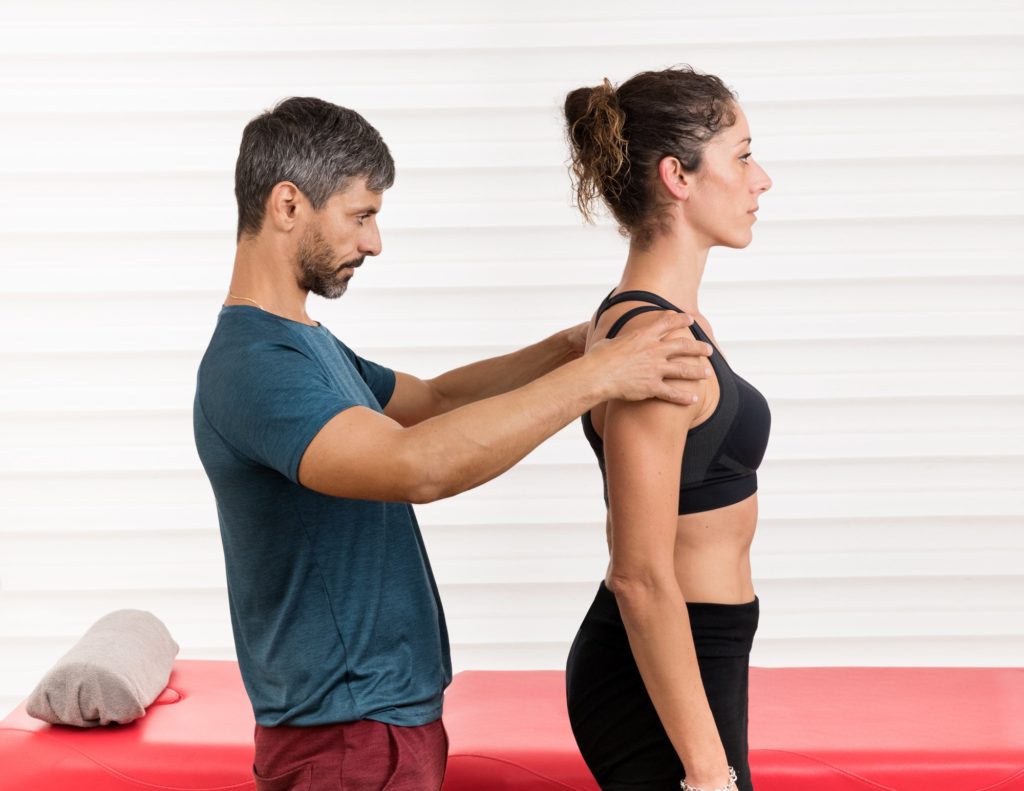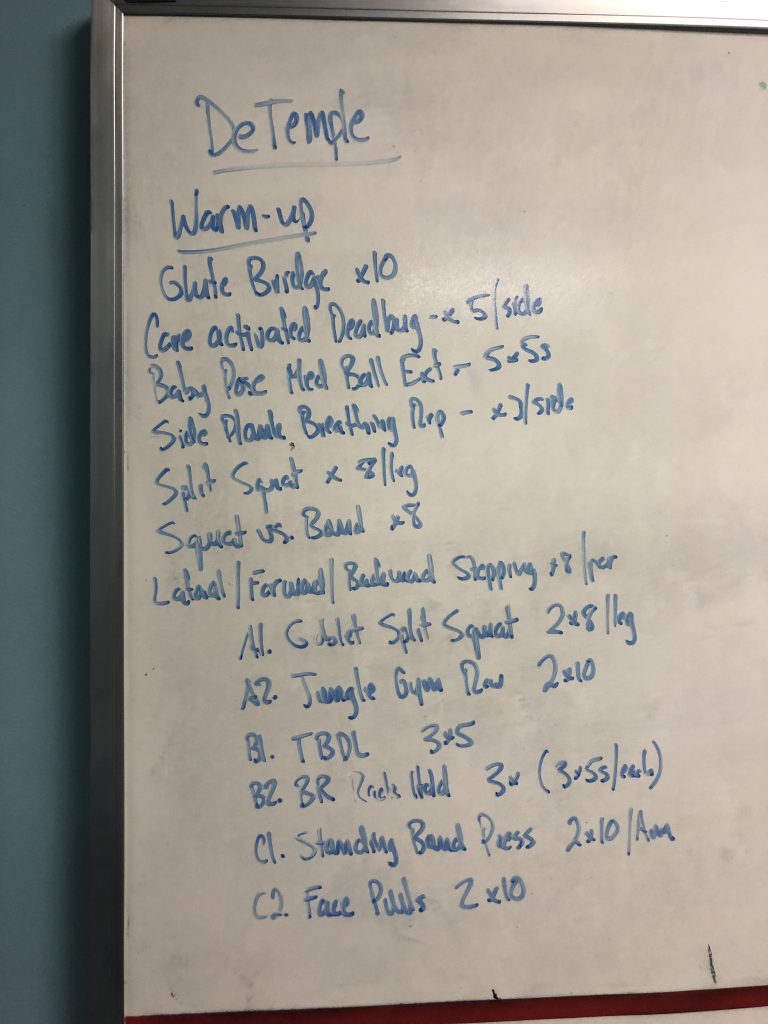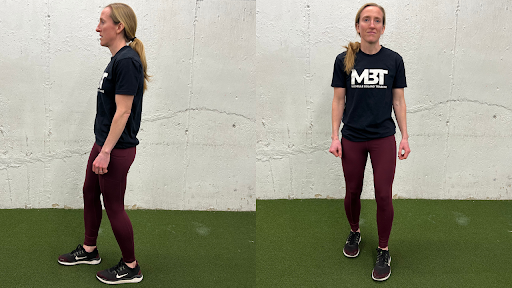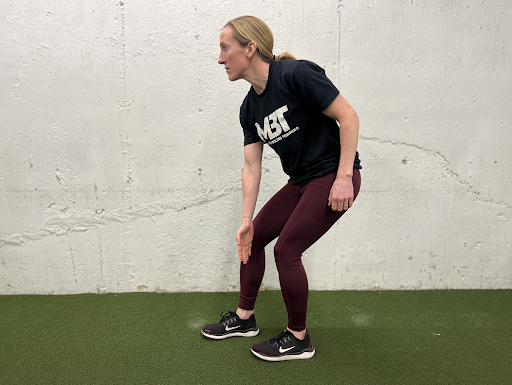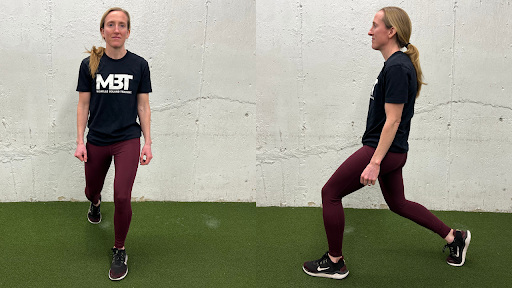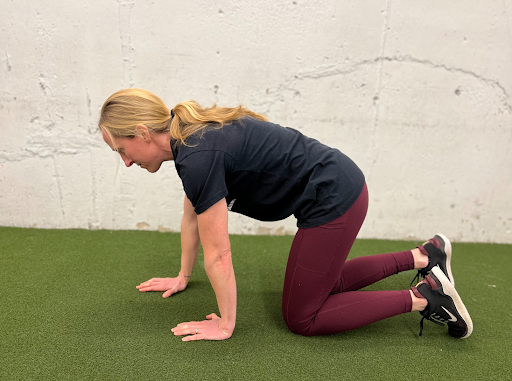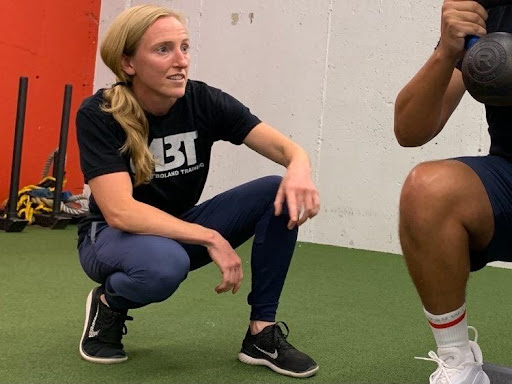There are few questions that illicit my inner Jaws theme music than the title of this blog post. Other nominations include
Hey, do you do CrossFit? – DA NUM
So I saw something on Instagram about this detox tea that supposedly makes you shit out your spleen, but whatever. I heard it’s totally healthy and worth it. Thoughts? – DAAAAAA NUM
Babe, can you empty the dishwasher? – DA NUM, DA NUM, DA NUM, DA NUM, DA NUM…
Admittedly, it comes across as a bit weird and hoity toity that I’d roll my eyes at such an obvious question I’d receive given what I do to pay my bills. I mean, would an accountant be so crass as to be annoyed at a client asking whether or not they deducted business expenses from their taxes? Would a family doctor not expect to be pelted with questions about cholesterol or how to manage diabetes on a daily basis?
Would Han Solo be irked about constantly bragging about completing the Kessel Run in less than twelve parsecs?
I think not!
It all comes with the territory and is part of the job.1
To that end, I try my best to be a reliable source of information for my clients and I try to keep things as simple as possible. We live in an era where OVER information is a thing and it’s not surprising to me that so many people are confused and seemingly paralyzed over something as inane and common sense as to whether or not an apple is viewed as a viable snack (and that eating it, despite (evil word) glyphosate!, you won’t cause you to grow a third nipple).

One question I receive on an almost weekly (if not daily) basis is can your pecs cut diamonds? how much weight should I be using on this exercise?
Again, it’s a very relevant question to ask given what I do for a living, and one that, unfortunately, takes a little time to answer. When working with people in person I have this handy protocol I like to call “coaching” where I’m able to give them instant feedback on a set-by-set basis.
I’ll tell them to increase/decrease/or maintain weight on any given exercise as I see fit.
Sometimes I give them a sense of autonomy and allow them to choose how much weight feels comfortable to them (and allows them to execute good form), and then we just make an effort to increase the load in subsequent sessions.
The idea is to give them a maximal training effect using the minimum effective dose without causing harm or pain. Challenge people, encourage progressive overload, but not to the point where they feel like they can’t feel the right side of their face during their workout.
Pretty self-explanatory stuff. Also, here’s a hint: if your client can’t feel their face, please call an ambulance.
Where things get tricky is when people are on their own and don’t have someone telling them what to do.
What then?
Here Are Some Options/Considerations/Whathaveyou
For Beginner Lifters
I like two options:
1. Pick Something
As I alluded to above, just have them (or you yourself) choose a weight that you KNOW can be done with good technique and feels “doable” to them. The research is pretty hefty on this front…
…beginners can use as low as 40% of their 1-rep max on any given exercise and still see strength gains.
In other words, they can look at a dumbbell and get stronger.
You DO NOT need to load them very aggressively at the start. The goal should be to acclimate them to what it feels like to be under load and to build familiarity with the exercise.
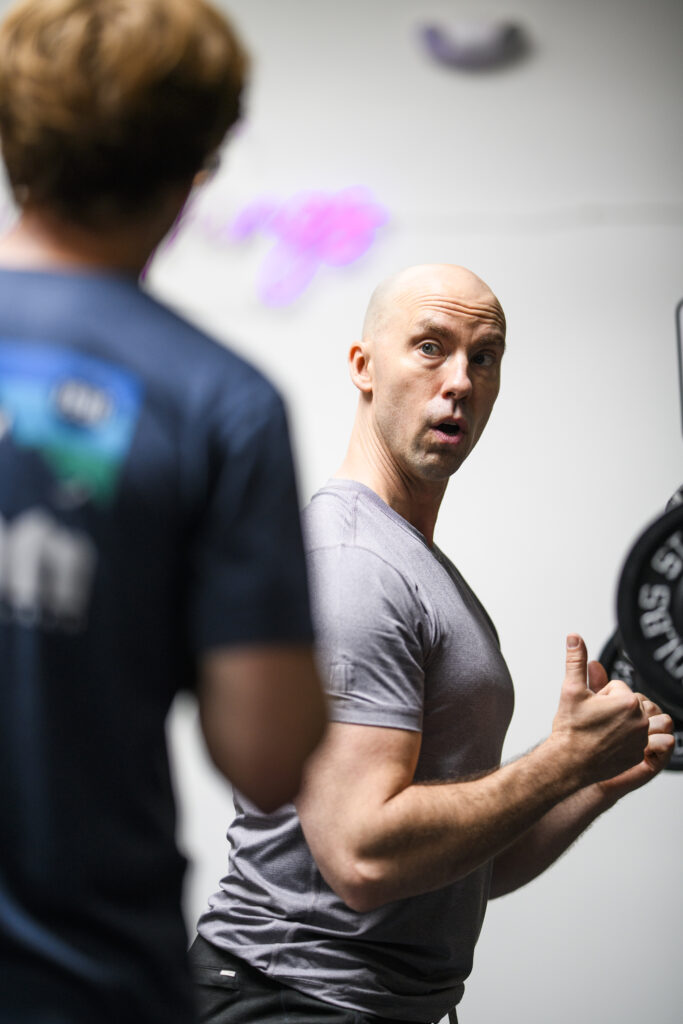
Progress from there.
2. Provide a Rep Window
Once the initial shock of lifting heavy things has passed and you’re gaining some competence then what I prefer to do is give a “rep-window” to adhere to. In simplest terms let’s say someone’s program says to perform three sets of bench press at 8-12 repetitions (the rep window).
The goal would be to stay with the same load until the upper rep limit is attained on every set. This could take anywhere from one session to several weeks. With the latter it may look something like this:
Week 1
- – Set #1: 175×12
- – Set #2: 175×10
- – Set #3: 175×9
Week 2
- – Set #1: 175×12
- – Set #2: 175×10
- – Set #3: 175×10
Week 3
- – Set #1: 175×12
- – Set #2: 175×12
- – Set #3: 175×10
Week 4
- – Set #1: 175×12
- – Set #2: 175×12
- – Set #3: 175×12
NOW the weight can be increased 5-10 lbs. and you start the process all over again.
ADDENDUM: While this approach works very well 95% of the time, one thing you have to consider is that some people will invariably undershoot themselves. You’ll give them a rep range to follow (8-12) and they will follow it (increasing load accordingly), but they’ll end up using a load that they can easily perform 20 reps with. Alas, it’s human nature to take the path of least resistance. In this case what I like to do is to toss in a pop-quiz of sorts and to test them to see if they’re pushing themselves enough. On their last set I’ll instruct them to do an AMRAP (As Many Sets As Possible) set. Ideally, if they’re locked in it should look something like 12-10-9-8. If they’re fudging it, it will look something like 10-10-10-17.
Cue death stare here.
For Intermediate Lifters
To set the tone, to me, an intermediate lifter is someone who has had at least 2+ years of (serious) strength under their belt. Meaning, they’ve made a concerted effort to consistently train with barbells, dumbbells, kettlebells, machines, not Orange Theory for a minimum of two years.
At this point we’re likely past the point of utilizing a rep window to direct loading and we need something that takes into account day to day and week to week fluctuations in energy levels, stress levels, and general fuckery.
As I have been known to say in the past: some days we show up to the gym feeling like Thanos with all the Infinity Stones in hand and we can push the envelop with our training. Other days, not so much.
The stronger one gets and the more stress they’re putting on their body, the more important it is to understand that the “juice” isn’t always going to be there and that sometimes it’s just a matter of getting some quality reps in rather than hitting a pre-prescribed load or rep range. To steal a saying from a long-time colleague of mine, and owner of Bonvec Strength (located in western Massachusetts), Tony Bonvechio:
You need to teach people how to load themselves rather than telling them.
One tool to accomplish this is using the RPE or Rate of Perceived Exertion (although I prefer to say Effort) system.
Popularized by renowned strength coach, Mike Tuchscherer, the RPE system is a rating system that describes how hard or how much effort you should be applying to a lift.
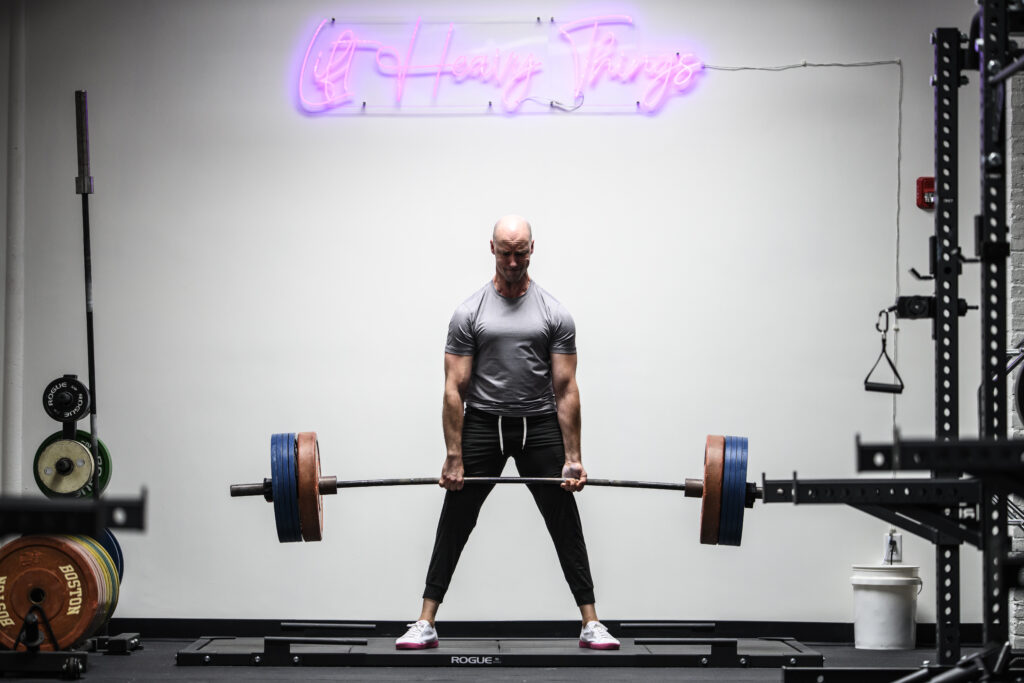
Generally speaking it looks like this:
RPE 10: Maximal, no reps left in the tank
RPE 9: Last rep is tough but still one rep left in the tank
RPE 8: Weight is too heavy to maintain fast bar speed but isn’t a struggle; 2–4 reps left
RPE 7: Weight moves quickly when maximal force is applied to the weight; “speed weight”
RPE 6: Light speed work; moves quickly with moderate force
RPE 5: Most warm-up weights
RPE 4: Recovery; usually 20 plus rep sets; not hard but intended to flush the muscle
An RPE below four isn’t important.
So for example I may write in a program something like this:
A. Work up to 1×5 @ RPE 8 on Deadlift
B. then accumulate 15 total reps at 90% of top set above (3×5 or 5×3)
In this case if someone ends up ramping up to 1×5 @ 275 on their deadlift (at an RPE 8), then that means they’ll follow that with 3×5 or 5×3 at 90% of 275 which is 245-250 lbs. In this scenario I know that all subsequent repetitions are likely going to be “fast,” clean, and pristine and give the lifter an opportunity to accumulate training volume that won’t destroy him or her in the long-run.
To quote Coach Tuscherer:
If the RPE system seems awkward at first, don’t worry. You’ll get used to it and be able to use it quickly. An easy way to gauge the RPE of a set is to ask yourself how many more reps you could’ve done with a particular weight. This tends to be tough for the training hotheads who always want to go heavy but also for the timid who are afraid to push themselves. You must be disciplined to use this method effectively!
Is this approach perfect and a panacea for everyone. No. But I do find it provides a sound base for trainees to work off of and teaches them to listen to their bodies.
- But like many people, I just haaaaaate repeating myself. I can thank the PTSD I got from working at Hollywood Video while in college and having to incessantly repeat myself on a Friday night to annoyed customers that Shrek 2 wasn’t available to rent. ↩︎





